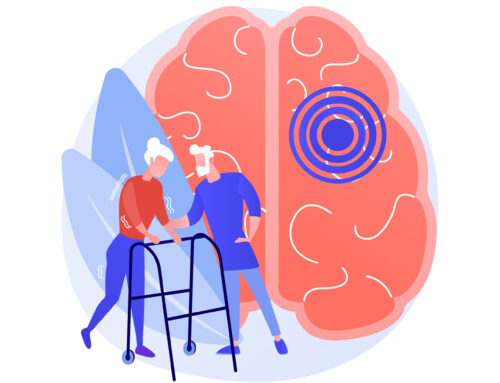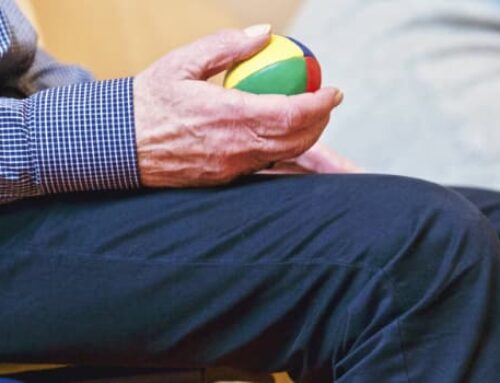Voice rehabilitation in Parkinson’s patients with LSVT Loud
It is important to keep in mind that Parkinson's disease affects the central nervous system that can affect the voice, causing difficulties in communicating with other people. This is because they usually present a motor speech disorder known as "hypokinetic dysarthria", which is characterized by:
- Very low voice volume
- Hoarse or raspy voice
- Increasingly monotonous tone of voice
The Lee Silverman Voice or LSVT-LOUD Method
This speech therapy method enables them to maintain their voice for longer, which also contributes to a higher quality of life. "LSVT LOUD" provides the necessary independence to each patient. Therefore, equipped with effective strategies, the patients will be able at the end of the treatment, to carry out the exercises on their own.
How does it work?
This treatment is based on the basic and fundamental notions of motor learning. The LSVT LOUD method is in charge of 'reprogramming' the proper functioning of the vocal cords. This treatment consists of:
It is important to keep in mind that Parkinson's disease affects the central nervous system that can affect the voice, causing difficulties in communicating with other people. This is because they usually present a motor speech disorder known as "hypokinetic dysarthria", which is characterized by:
- Very low voice volume
- Hoarse or raspy voice
- Increasingly monotonous tone of voice
The Lee Silverman Voice or LSVT-LOUD Method
This speech therapy method enables them to maintain their voice for longer, which also contributes to a higher quality of life. "LSVT LOUD" provides the necessary independence to each patient. Therefore, equipped with effective strategies, the patients will be able at the end of the treatment, to carry out the exercises on their own.
How does it work?
This treatment is based on the basic and fundamental notions of motor learning. The LSVT LOUD method is in charge of 'reprogramming' the proper functioning of the vocal cords. This treatment consists of:





